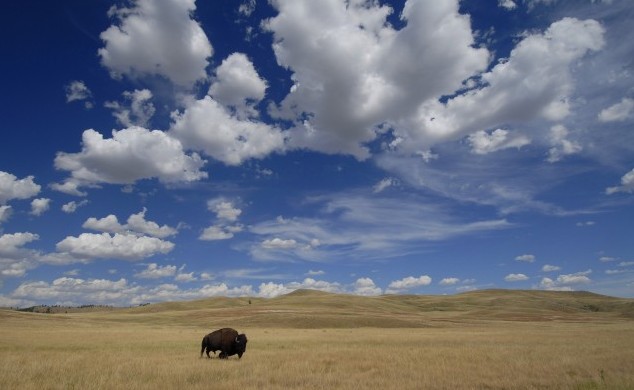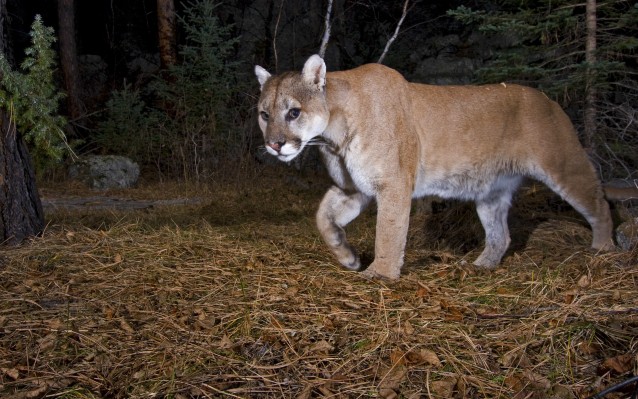Article by Michael Farrell of QUEST Nebraska. Map by Abram Lueders of QUEST Nebraska.
I first became aware of Mike Forsberg’s work Great Plains: America’s Lingering Wild two years ago when I was asked to introduce him and his slideshow presentation of images from his book at our local Audubon preserve where I was board chairman.
Over the next year and a half, I traveled through ten states following Mike with a video production crew to some of the most remote, endangered and stimulating environments to produce the PBS documentary, Great Plains: America’s Lingering Wild. Today’s wildlife photographer has to be proficient with all sorts of new technology -- such as walkie-talkie triggered cameras and infrared camera traps -- that didn’t even exist just a few years ago in order to create striking images that can compete for the shrinking print market. To illustrate this, there is a scene in producer Gary Hochman’s Your Photos on QUEST: Great Plains Photographer story where you see Mike setting up a camera trap in the Black Hills of South Dakota. A month later, Mike returned to the scene and retrieved the digital photos stored on his camera, captured when the mountain lion and deer shown in the story set off the traps.
When most of us think about the Great Plains, we think of very long, flat and boring stretches of interstate highway – endless concrete slabs running east to west. Or we think about flying over the patchwork quilt of vast stretches of irrigated corn, wheat and milo fields or cross-fenced prairie cattle country dotted by windmills, stock tanks and two-track jeep roads that look like ant tracks from above.

But to Mike Forsberg and the scientists, land-owners, conservationists and educators who helped him achieve his goal of publishing striking images and words about the last remnants of the wild and untamed prairie, there is much more to and much more at stake in the Great Plains.
